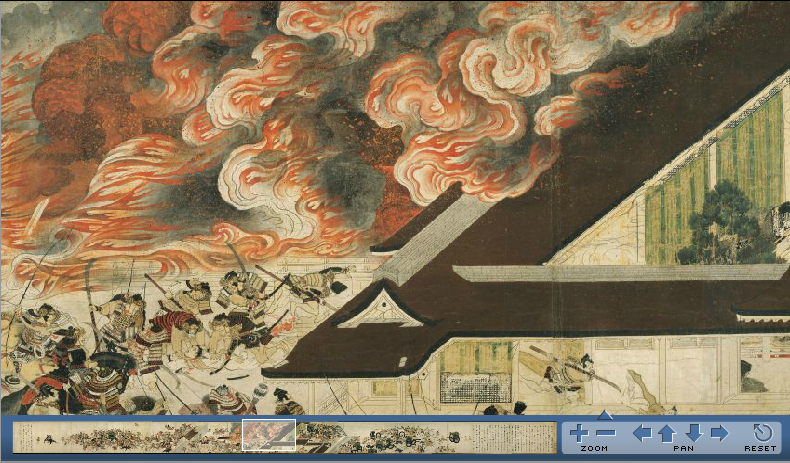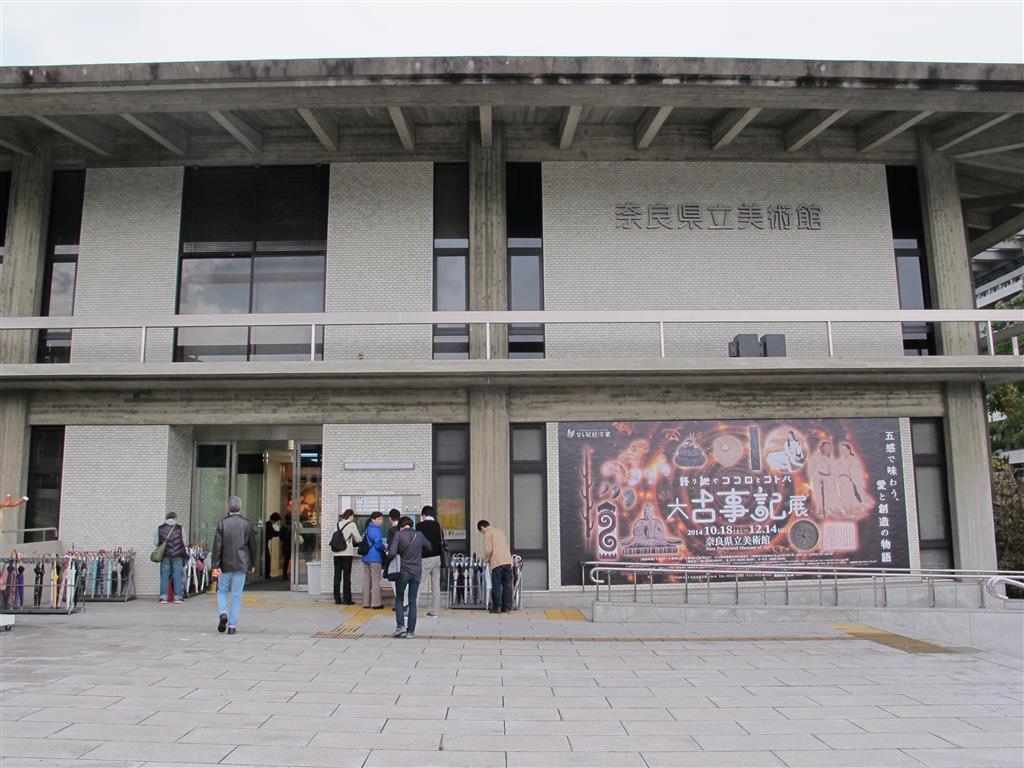A couple of months ago Mewby and I were invited to attend a traditional live music show at “Ran Theater Kyoto”. During the show we were entertained by a large number of talented and enthusiastic musicians playing a variety of traditional instruments from all over the Japanese archipelago. I found the show highly enjoyable, but the audience was a little sparse when we went and it seemed a shame that these hard-working musicians didn’t have more people to see their performance. They definitely deserve to be seen by more people – so of course I want to recommend them on Deep Kyoto!
The show begins with a rousing and passionate performance from two taiko drummers.
After that different instruments from across Japan are introduced in turn and the music and culture they are a part of is explained by an English speaking guide.

Each instrument is given a chance to show its own merits before the musicians come together for ensemble performances.

You will probably recognize some of the classic tunes: predictably they play Sakura, and Shima-Uta but also the theme from Merry Christmas Mr Lawrence, “Zankoku no Tenshi no Teze” from Evangelion, and a sweet rendition of My Favorite Things on the koto and shinobue flute!


There are plenty of other regional tunes and songs I didn’t know though, some heart-rending ballads from Okinawa, minyo folk songs from Toyama and Hokkaido, and plenty of upbeat tunes and sing-along sessions too.

Be warned though that you might find yourself pulled up on stage too for a short taiko drumming lesson!
Ran Kyoto Japanese Music Theatre is performed on Mondays, Wednesdays, and Fridays in the theatre space of the theme restaurant Ninja Kyoto Restaurant & Labyrinth. This restaurant is very central being located a little north of Shijo in the little warren of streets between Shinkyogoku Shopping Street and Urateramachi Dori. Here is a MAP of the location.

Doors open for the first show at 18.00, and the show starts at 18.30. Doors open for the second show at 20.00 and the show starts at 20.30.

Tickets for the show are a bit pricey at 3,000 yen (plus tax) for advance tickets, and 3,500 yen (plus tax) on the door. And the show does not include any food or drink for which you will have to pay extra. However, it is a very good show, the musicians are super friendly, and you will certainly enjoy this introduction to Japanese traditional music. For more details and to make a booking check out the Ran Theatre official website here: https://www.rankyoto.com/
Full text and original photographs by Michael Lambe – All rights reserved.










 Kyoto Butoh-kan is located just north of the intersection of Koromonotana Street and Sanjo Street at Nakagyo-ku, Kyoto 604-8202. Here is a
Kyoto Butoh-kan is located just north of the intersection of Koromonotana Street and Sanjo Street at Nakagyo-ku, Kyoto 604-8202. Here is a 


 Text and photograph by Javier Montano. Javier Montano is well known locally for his group photo walks as well as his own stunning photography. Here on Deep Kyoto, he writes regularly with advice for would be photographers. Check out his own work at
Text and photograph by Javier Montano. Javier Montano is well known locally for his group photo walks as well as his own stunning photography. Here on Deep Kyoto, he writes regularly with advice for would be photographers. Check out his own work at 












